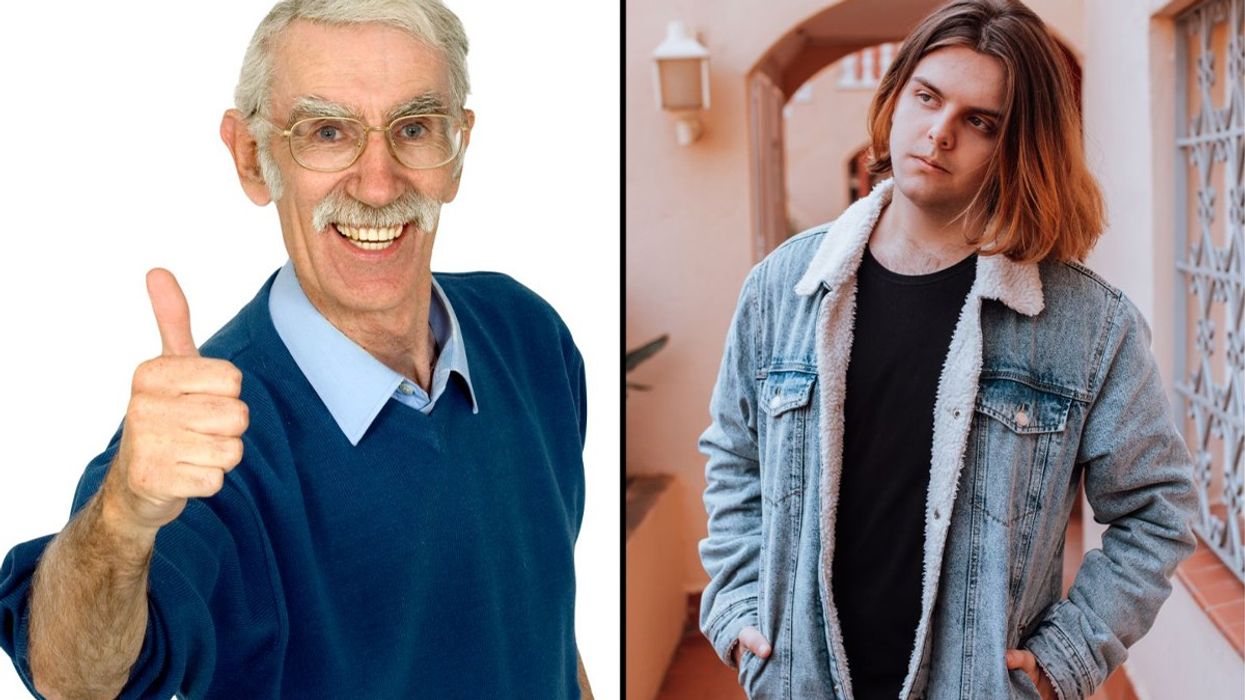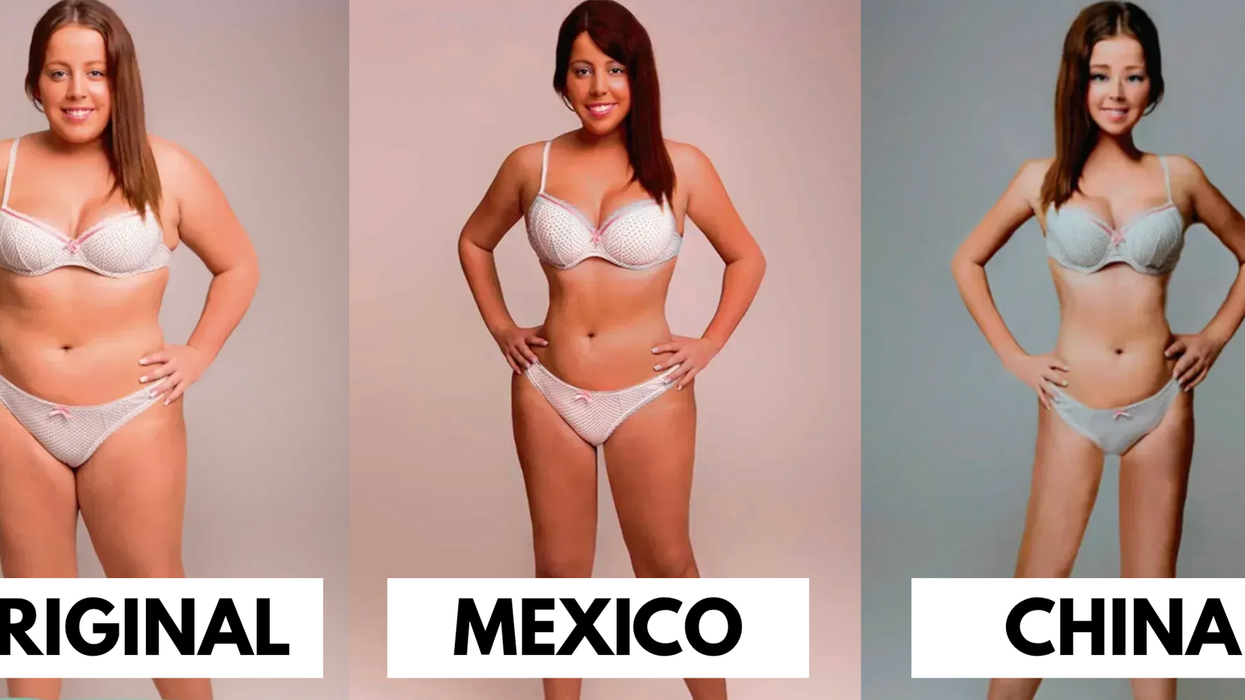When I first got sick, it was the total coming apart of my body that preoccupied me. At the age of 28, in the space of less than two years, I went from being an ambitious doctoral student to a woman with a dizzying array of neurological and autonomic symptoms. Where I had once traveled the world as a freelance journalist, I could no longer leave my house.
What I did not notice until years into my illness, when I first decided to make a documentary film about my experience and the experiences of others living with Myalgic Encephalomyelitis, was that all the while, alongside my health, my identity and my dignity were gradually being taken from me.
I am one of a million Americans with Myalgic Encephalomyelitis, or M.E., an illness that describes a subset of people diagnosed each year with "Chronic Fatigue Syndrome."
I struggled with doctors who believed there was nothing wrong with me. Others thought my condition was psychosomatic. It did not matter how many journal articles I brought into the consultation room, or how calm and rational a patient I tried to be—in their eyes, I was an unreliable witness to my own illness.
For decades, the patient community and our doctors and advocates have fought for greater recognition of the disease. It was first documented in the 1930s alongside outbreaks of poliomyelitis, although some believe the disease is much older. After a series of clusters in the 1980s, most notably one in Nevada involving more than 300 people, officials in the U.S.—some of whom believed these were really incidents of mass hysteria-coined the term "Chronic Fatigue Syndrome." The name and its overly broad diagnostic criteria allowed for a distinct, well-documented (albeit still not well-understood) disease to be subsumed by a category that can encompass everything from undiagnosed celiac disease, to lyme disease, to overtraining syndrome.
There is no cure or standard treatment. Federal funding for research is minimal: the NIH allocates $16 million dollars each year to study male pattern baldness and only $3 million for Chronic Fatigue Syndrome—75 to 85 percent of the patients affected are women. There are no drug treatments in the pipeline. It has no home in any specialty. The disease is not taught in medical school and most doctors don't know how to diagnose it. If you have an acute episode or flare in your symptoms, there is no ER you can go to to get proper treatment. For many patients, there is a general feeling that much of the medical community and the government have spent the last thirty years diligently doing nothing at all.
We are not a likely group to plot a revolution. The "mild" among us have lost 25 to 50 percent of our previous level of function. If we still work, we have little capacity left for much else. For moderate to severe patients, it's like living with late-stage cancer, full-blown AIDS, or congestive heart failure, for decades. Many of us are confined to our homes and our beds. We are unlikely to ever gather on the mall and make our numbers known. There will be no one million man and woman march. We cannot walk for a cure.
And so what has unfolded in the last several days has completely astonished me. I think we have astonished ourselves.
On October 22, I set out to raise $50,000 with and creative producer Kiran Chitanvis—one quarter of our $200,000 budget—on crowdfunding platform Kickstarter. We gave ourselves a month to do it. With a successful campaign, we thought we could convince other private funders and foundations that there was an audience for this film. We knew we would get there, but we thought it would be a fight. I thought, "Who really cares about a little-known disease with two very unfortunate names?"
While I believed in the power and the universality of the story we wanted to tell, I had begun to internalize an entirely different narrative—one of powerlessness, where it is ordinary and expected to have your suffering overlooked and ignored, where it is important (as many well-meaning people reminded us in the early days of our project) not to expect too much.
We reached our $50,000 goal in three days, five hours.
On Facebook, Twitter, blogs, forums—the only agora where those of us with M.E. will ever gather—patients started talking of an "uprising from our beds." That this film might be "our message to the king." I received hundreds of emails and messages, many of them expressing a sense of renewed optimism that had not been felt in years. Others talked of "coming out" after closely guarding their diagnosis for decades, fearful of the stigma and shame that comes with living with an oft-maligned disease.
Our ambition now is to raise our full budget of $200,000 on Kickstarter and to do that with the backing of 6,509 people—the greatest number ever for a documentary film. It takes just one dollar to sign your name. We have until November 22 to do just that. We want incontrovertible proof that we exist, that we are numerous, and that there is a passionate, visible, vocal audience that wants to see this story told.
While we could not possibly have predicted or planned this groundswell of support, I have been thinking about what lessons to take from the last ten days to share with the GOOD community.
First, storytelling can have a power far greater than any other force when the root of the injustice is a lie.
Second, it does not matter how long the status quo has existed, or how many people have tried and failed to change it. We cannot afford to stop expecting more from life than what we are given. Whatever the challenge we face, maybe it's not that the world is an inherently unkind or indifferent place, or that the obstacles before us is a fixed and immovable mountain. We must be just as vigilant about the stories that we tell ourselves.
Even with all the early enthusiasm we have built around our Kickstarter campaign, I know that "Canary in a Coal Mine" is only a film. It's not the overhaul of decades of harmful health policy, nor is it a cure. However, in order to get there, we must be visible. When we are disconnected and alone, it is all to easy to believe that we are in it alone. The strength that comes from many shouting as one voice, no matter how weak we are individually, can shake the world.
Do this: Watch a short video about life with M.E., the most prevalent and devastating disease your doctor has never heard of.
















 Otis knew before they did.
Otis knew before they did.